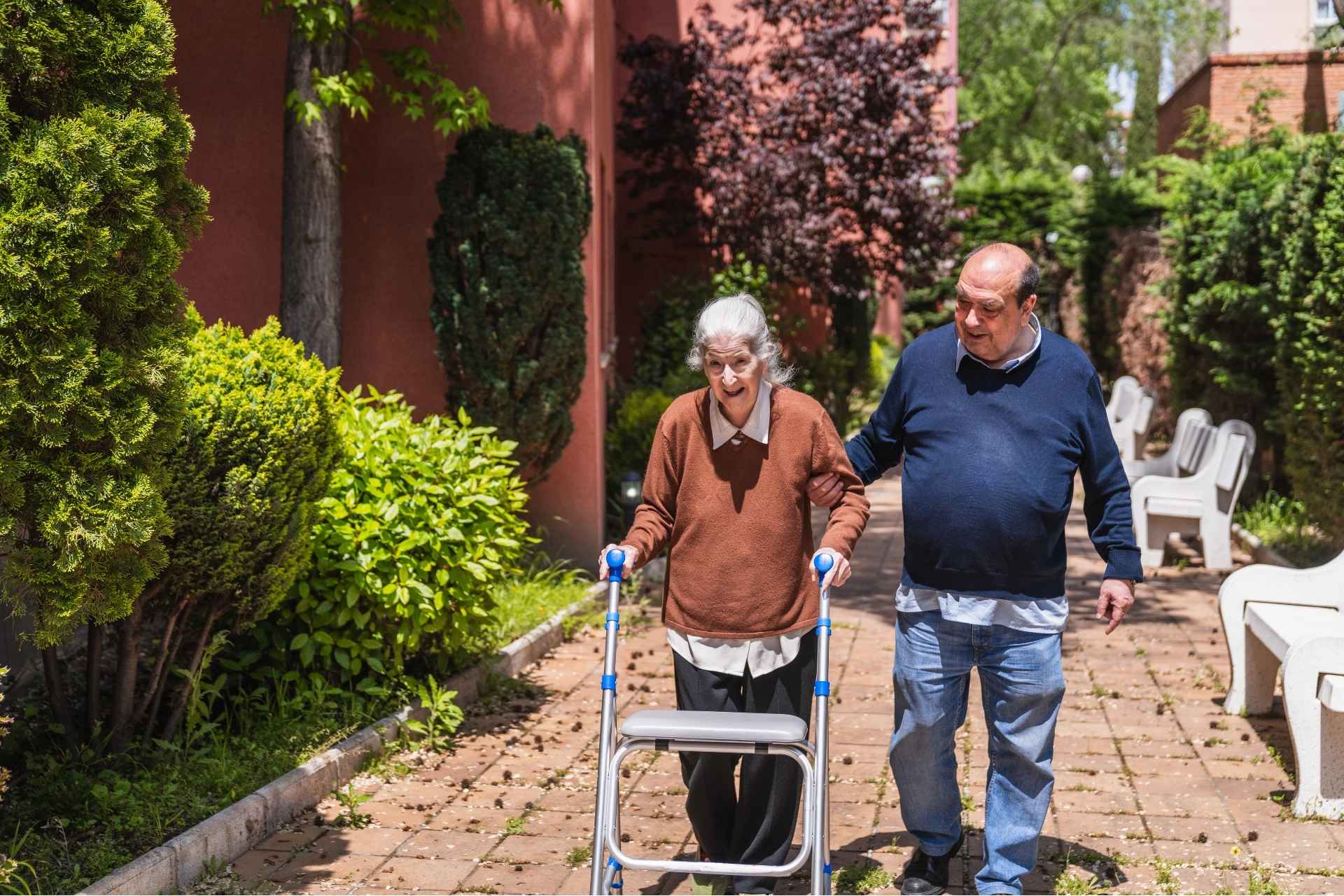A Better Way to Live Well
When it comes to making decisions about how and where to live as we age, the options can feel overwhelming. Should you or your loved one stay at home with a little extra help, or is it time to move into an independent living community?
There’s no one-size-fits-all answer, but understanding the key differences can help you make a choice that brings comfort, happiness, and the best quality of life.
Independent Living vs. Home Care: What’s the Difference?
Independent living communities are like a dream come true for seniors who value their freedom but don’t want to deal with the hassle of home upkeep.
Think of it like moving into a neighborhood specifically designed for you, one where you can enjoy your privacy and easy access to a vibrant social life, tailored amenities, and optional services like meal plans and housekeeping. It’s all about living life on your terms—with no yard work, leaky roofs, or endless utility bills to worry about.
With home care, on the other hand, you can stay in your own home while getting some professional help when you need it. Whether it’s assistance with daily tasks like dressing and cooking or medical care for chronic health conditions, a caregiver can step in to lend a hand.
Convenience Matters
One of the first things to ask yourself when making this choice is, “how much do I want to manage?”
With home care, it’s on you (or your family) to coordinate everything. Scheduling caregivers, grocery shopping, paying various providers, and handling home repairs can quickly become exhausting, especially for seniors with more significant needs. On top of that, the costs can add up; the national median for 44 hours of in-home care a week is $4,500 a month.
Meanwhile, independent living offers simplicity. Need help with meals or transportation? It’s handled. Want to host family for dinner but don’t feel like cooking? The community dining room has you covered. Even better, you still maintain your independence, but without the stress of managing a house or a lineup of caregiving schedules.
Social Connections
Picture this. You’re at home, and it’s been a few days (or weeks) since you’ve had meaningful interaction with anybody outside of your caregiver or immediate family. Research suggests that social isolation can increase the risk of a premature death by as much as 39%, comparable to the risks of smoking or obesity.
Independent living communities, however, make staying social effortless. With everything from group yoga classes to movie nights and shared meals, you’re part of a thriving community.
Safety First
If safety is a top concern (and it should be!), Independent living communities often offer peace of mind that staying at home can’t match. These communities are designed for seniors, which means fewer hazards like steep stairs or slippery area rugs. Many also come with 24/7 on-site staff, giving you or your loved one an added layer of security.
Home care can help make your current space safer, but retrofitting a home with accessibility upgrades (think wheelchair ramps, grab bars, or wide hallways) can be costly and time-consuming.











